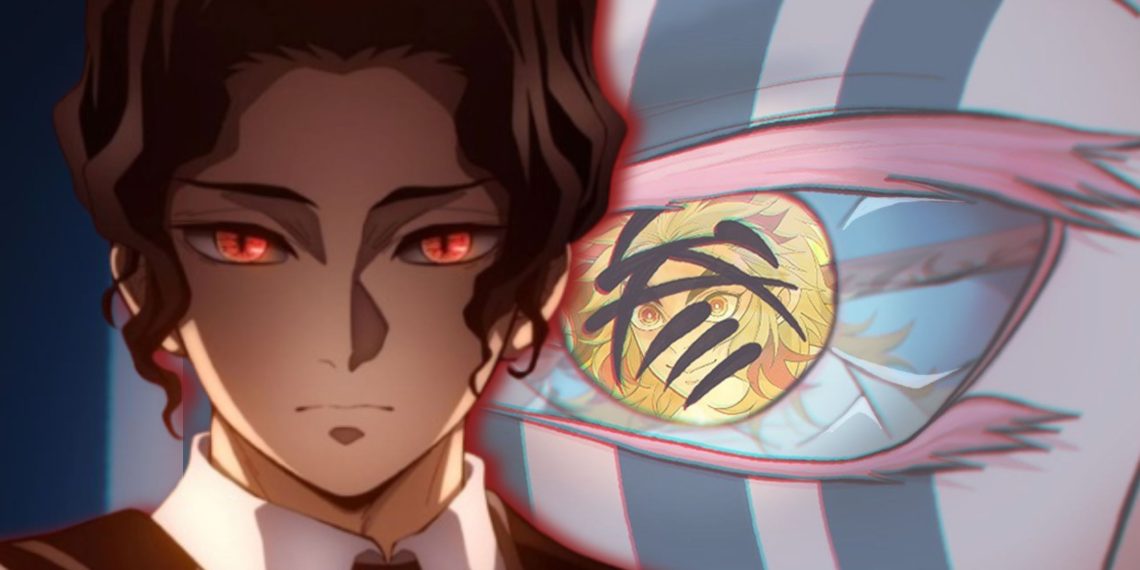As the title of the series suggests, Demon Slayer is a show filled with demons of various forms and appearances.
Throughout the series, we’ve seen demons ranging from those with nearly human-like features to those who are grotesquely deformed and terrifying to behold.
This disparity in their physical appearances has intrigued many fans, prompting them to wonder why some demons look almost human while others are distorted and monstrous.
Koyoharu Gotouge, the creator of Demon Slayer, has masterfully crafted the characters in the series, giving each one a unique and distinct appearance that adds to the richness and depth of the world.
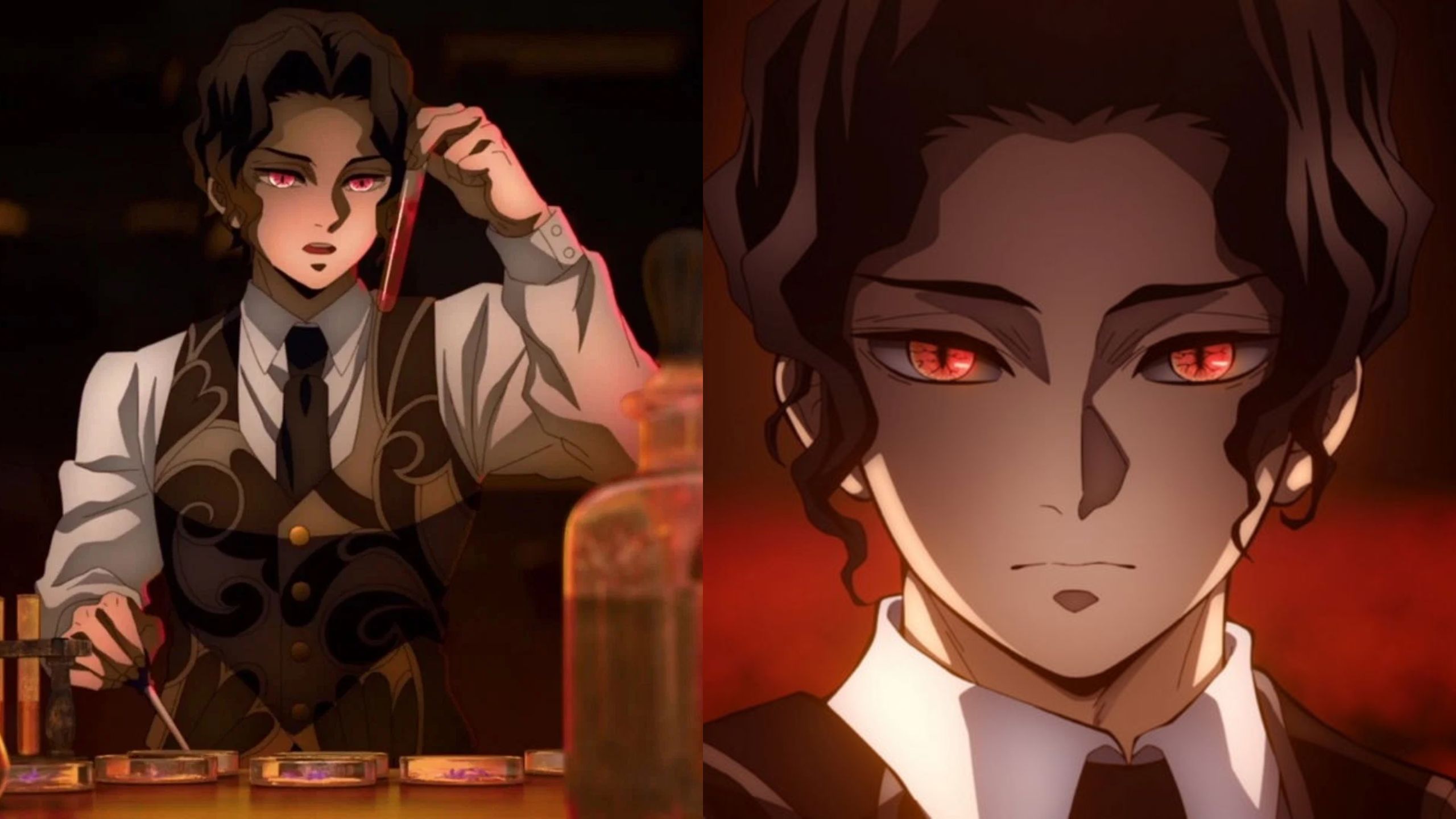
The inconsistency in the appearances of the demons is not something that happens by chance. Instead, it is a deliberate choice by Gotouge, one that adds layers of complexity to the story.
Every demon we encounter is different, not only in their powers and personalities but also in their looks.
While some demons retain a semblance of their former human selves, others become grotesque, their forms warped and twisted beyond recognition.
This aspect of the series has sparked much speculation and discussion among fans, leading to various theories about what causes this variation in appearance.
In this article, we will go into the possible explanations for this phenomenon and explore how Muzan Kibutsuji, the most powerful demon in the series, might have provided the answer in the final moments of his life.
World of Demon Slayer: A Place Where Demons Roam
Before we enter into the details, it’s important to understand the world in which Demon Slayer takes place.
The series is set in Taisho-era Japan, a period where the world is plagued by demons who prey on humans.
These demons are not born but are created when a human is injected with the blood of Muzan Kibutsuji, the progenitor of all demons.
Once a human is turned into a demon, they gain incredible strength, speed, and regenerative abilities, but they also lose their humanity.
The only way to kill a demon is by exposing them to sunlight or decapitating them with a special sword known as a Nichirin Blade.
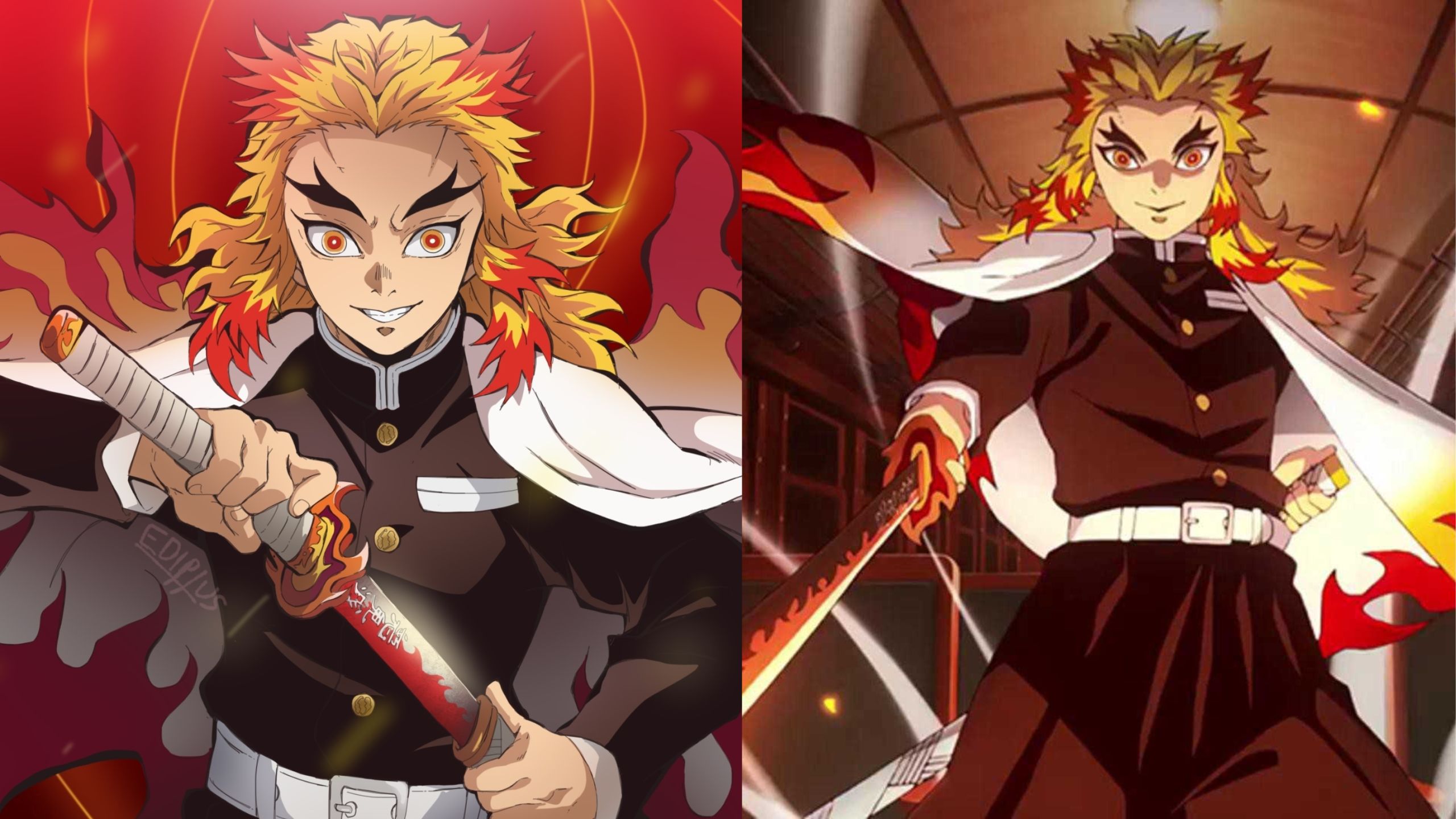
The demons in Demon Slayer are not mindless monsters. They possess intelligence, emotions, and in some cases, memories of their past lives as humans.
However, the transformation into a demon often amplifies their negative traits, such as greed, hatred, or fear, leading them to commit heinous acts.
Each demon in the series has a unique appearance, which often reflects their personality or the circumstances of their transformation.
This brings us to the question: why do some demons look more human than others, while some are grotesquely deformed?
Wide Range of Demon Appearances: Human-Like to Grotesque
One of the most striking aspects of Demon Slayer is the wide range of appearances among the demons. Take, for example, Akaza, one of the most powerful demons in the series.
Akaza retains a largely human appearance, with the only visible signs of his demonic nature being his pale skin, the intricate tattoos covering his body, and his unnaturally sharp eyes.
In contrast, the Hand Demon, who appeared during the Final Selection, is grotesque and monstrous, with multiple arms sprouting from his body and a face that is barely recognizable as human.
Similarly, the Father Spider Demon, encountered by Tanjiro and his friends on Mount Natagumo, is another example of a demon with a severely distorted appearance.
Rengoku vs Akaza pic.twitter.com/tQJZJViABI
— Demon Slayer (@DemonSlayerSc) August 26, 2024
Unlike the other members of his “family,” who retained more human-like forms, the Father Spider Demon is large, monstrous, and terrifying to look at.
His grotesque appearance is a stark contrast to the more human-like forms of demons like Akaza.
This disparity in appearance raises an important question: what determines the form a demon takes after their transformation?
Why do some demons retain their human features while others become monstrous?
Potential and Strength of Demons: A Key Factor
One possible explanation for the variation in demon appearances lies in the potential and strength of the individual who becomes a demon.
Demons in Demon Slayer are not all created equal. Some are inherently more powerful than others, and this difference in strength and potential might play a role in their appearance.
Demons are often compared to vessels that can contain a certain amount of power, which is usually tied to the amount of Muzan’s blood they receive.
The more blood a human is given during their transformation, the stronger they become as a demon. However, there is a limit to how much power an individual can handle.
If the power they receive exceeds their potential, it can lead to physical distortion, resulting in a grotesque appearance.
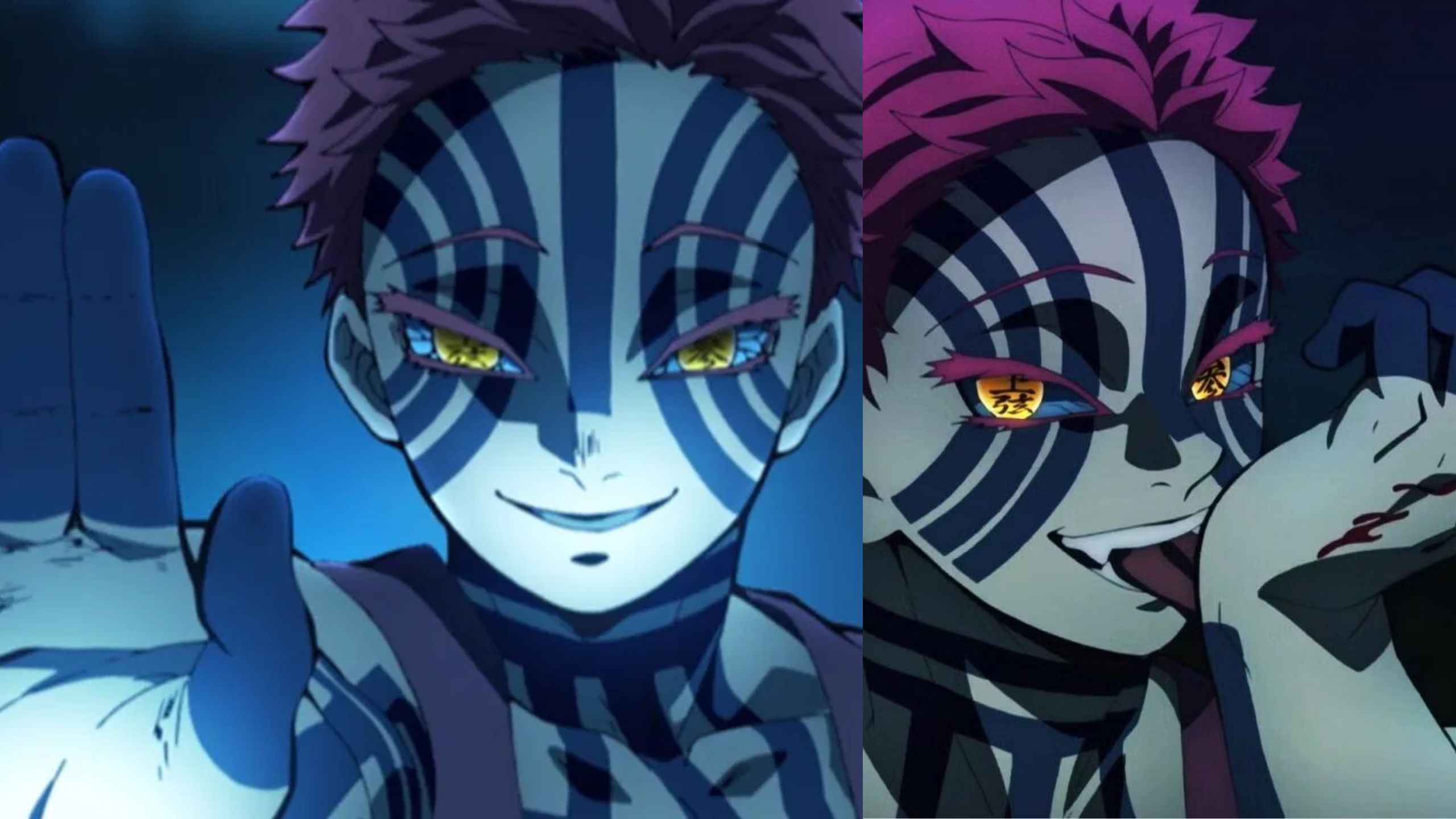
For instance, the Hand Demon was not particularly powerful when he was first captured by Sakonji Urokodaki, one of the former Water Hashira and Tanjiro’s mentor.
However, over time, he became stronger by consuming the flesh of numerous humans, particularly the weak and inexperienced candidates who participated in the Final Selection.
This increase in power, beyond what his body could handle, likely contributed to his distorted and grotesque appearance.
On the other hand, Akaza, who was an incredibly skilled martial artist before becoming a demon, had a much higher potential.
His physical and mental strength as a human allowed him to retain a more human-like appearance even after his transformation.
This suggests that a demon’s appearance is, to some extent, determined by their potential as a human and their ability to handle the power they receive.
The Origin of Demons and Muzan Kibutsuji Final Form
To fully understand the variation in demon appearances, we must look at Muzan Kibutsuji, the first demon and the one responsible for creating all the other demons in the series.
Muzan is an incredibly powerful being, possessing an almost god-like level of strength and the ability to manipulate his body at will.
Throughout the series, Muzan takes on various forms, from a handsome young man to an innocent-looking child.
However, his final form, seen during the climactic battle of the series, is one of the most grotesque and horrifying transformations in Demon Slayer.
In his final moments, Muzan transforms into a massive, infant-like creature with a grotesque, bloated body and sharp fangs.
Homelander's final form be like:#TheBoys #Homelander #kimetsunoyaiba #DemonSlayer #Muzan pic.twitter.com/VcWYMgWNyh
— Andrés Rodríguez Rodríguez (@AndresR51558490) August 30, 2024
This form is a far cry from the elegant and composed appearance he maintained for most of the series.
The sight of Muzan in this state is unsettling and serves as a stark reminder of the consequences of wielding too much power.
Muzan’s final form can be seen as a physical manifestation of the imbalance between his immense power and the limitations of his body.
As the battle wore on, Muzan’s body began to break down, unable to withstand the strain of the sun’s rays and the injuries inflicted by the Demon Slayers.
Despite this, Muzan continued to fight, his immense willpower and demonic abilities keeping him alive even as his body deteriorated.
The result was a grotesque and monstrous form, one that reflected the imbalance between his power and his physical body.
This transformation provides a key explanation for why some demons in the series have grotesque appearances.
It suggests that when there is an imbalance between a demon’s potential and the power they possess, their physical form becomes distorted.
This imbalance can occur for various reasons, such as when a demon receives more of Muzan’s blood than their body can handle or when their physical body begins to deteriorate but their power remains.
Role of Muzan’s Blood in Demon Transformations
Muzan’s blood plays a crucial role in the transformation of humans into demons. The amount of blood a human receives during their transformation determines their strength and abilities as a demon.
However, it also has a significant impact on their appearance. The more blood a human receives, the more powerful they become, but this also increases the risk of physical distortion.
When a human is turned into a demon, their body undergoes a dramatic transformation.
This process is not always smooth, and in some cases, it can result in grotesque mutations.
For example, when a human receives more of Muzan’s blood than their body can handle, the excess power can cause their body to warp and distort, leading to a grotesque appearance.
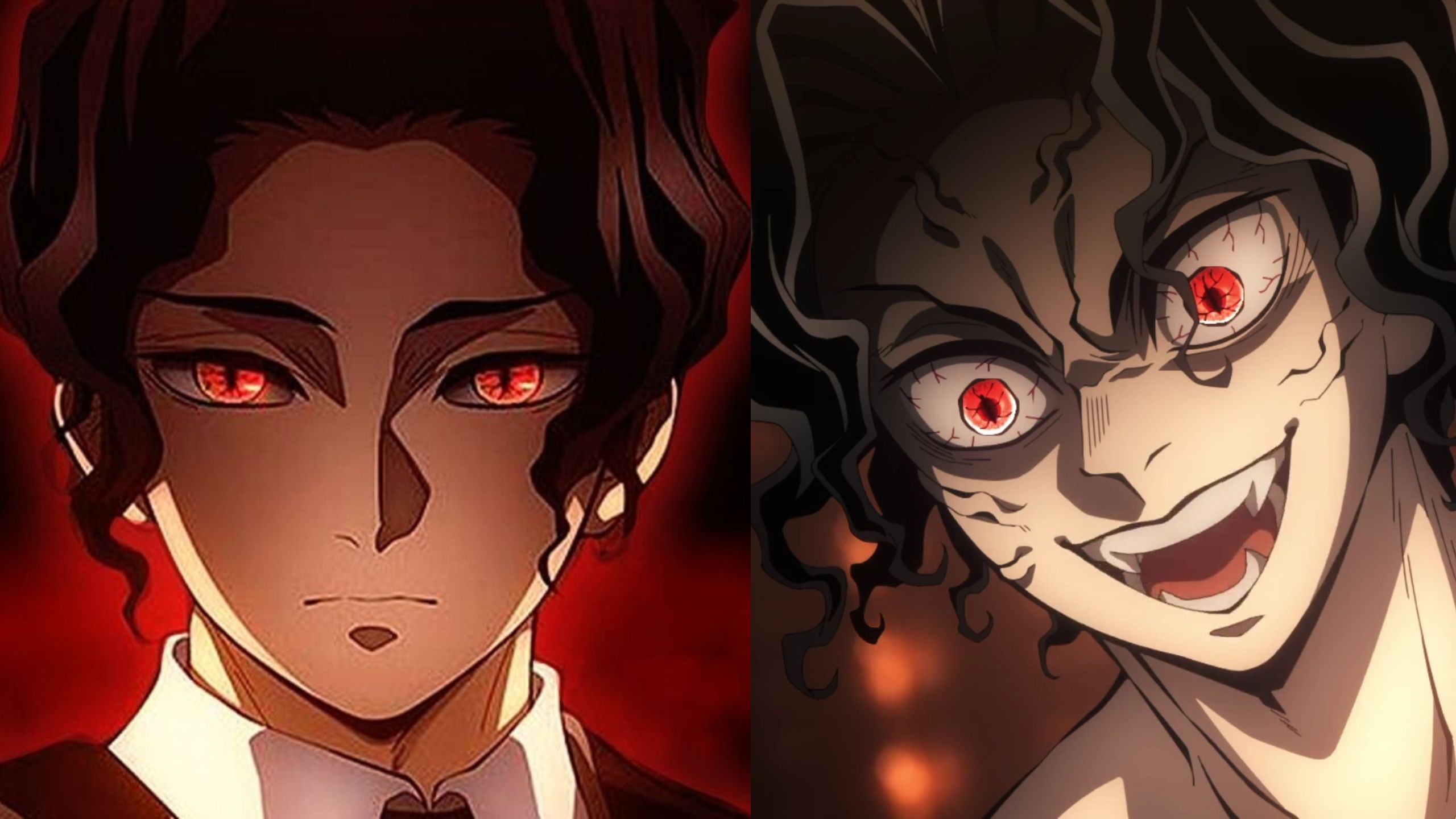
This idea is supported by the fact that some of the most powerful demons in the series, such as the Upper Moons, retain more human-like appearances despite their immense strength.
This suggests that these demons had a higher potential as humans, allowing them to handle the power they received without their bodies becoming distorted.
In contrast, demons with lower potential or those who receive too much blood too quickly often become grotesque and monstrous.
This is evident in the cases of the Hand Demon and the Father Spider Demon, both of whom have severely distorted appearances despite not being as powerful as the Upper Moons.
Impact of Emotional and Psychological Factors
Another factor that may contribute to the variation in demon appearances is the emotional and psychological state of the individual during their transformation.
The process of becoming a demon is a traumatic experience, one that often amplifies the negative traits and emotions of the individual. This can result in physical changes that reflect their inner turmoil.
For example, some demons retain a more human-like appearance because they were able to maintain a sense of self and control during their transformation.
Akaza, for instance, had a strong will and a clear sense of purpose, which may have helped him retain his human-like appearance even after becoming a demon.
In contrast, demons who are consumed by fear, anger, or hatred during their transformation may experience more severe physical changes.
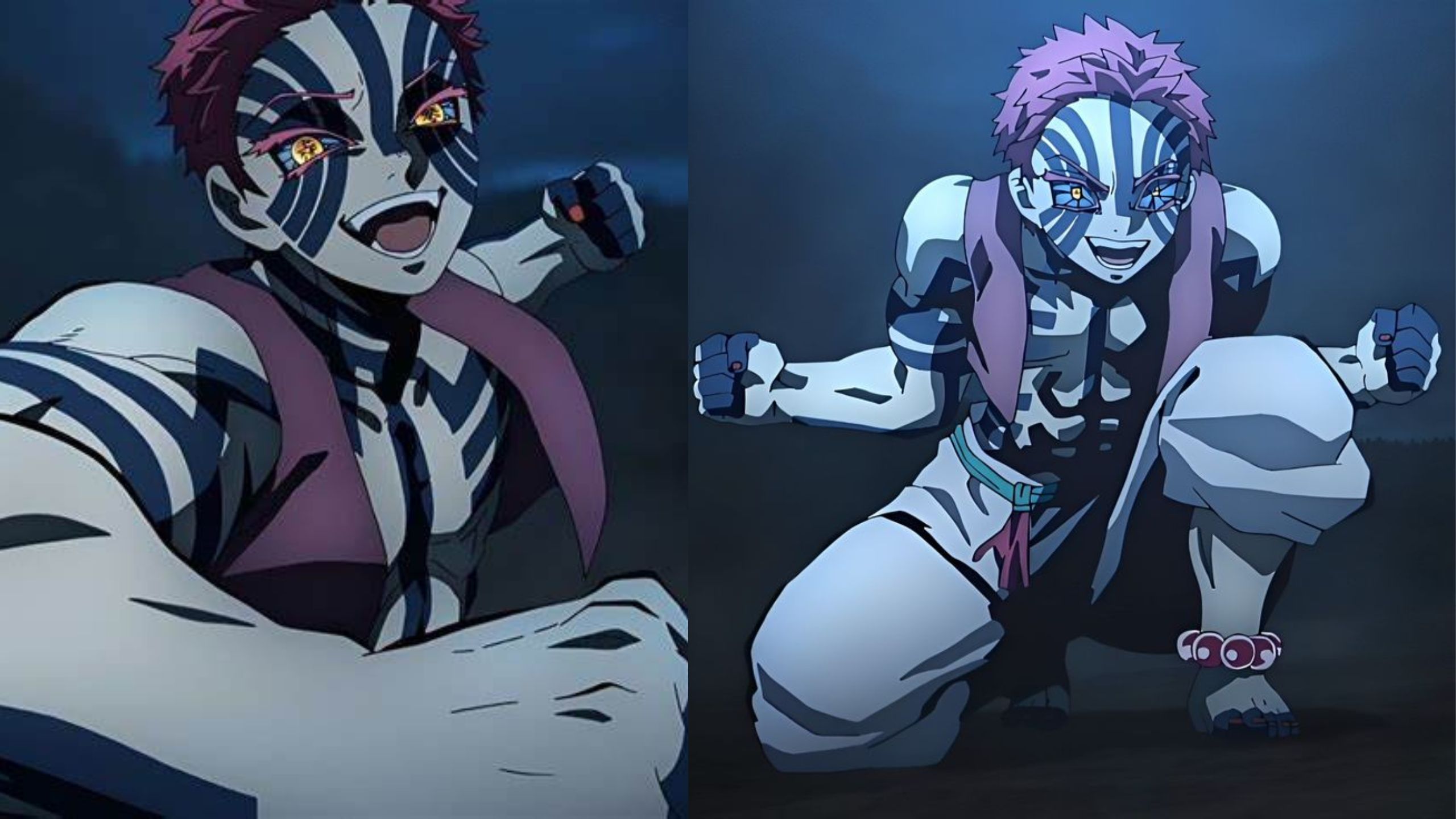
The Hand Demon, for example, was driven by fear and hatred, which may have contributed to his grotesque appearance.
Similarly, the Father Spider Demon, who was driven by a desire for power and control, became monstrous and deformed.
This suggests that a demon’s appearance is not only influenced by their potential and the amount of Muzan’s blood they receive but also by their emotional and psychological state during their transformation.
Symbolism Behind the Grotesque Appearances
The varied appearances of demons in Demon Slayer can also be seen as a reflection of the series’ themes and the symbolic nature of the demons themselves.
In many ways, the demons represent the darker aspects of humanity, such as greed, hatred, and fear.
Their grotesque appearances can be seen as a physical manifestation of these negative traits, with the more monstrous demons representing the more extreme and destructive aspects of human nature.
For example, Muzan’s final form, with its grotesque and monstrous appearance, can be seen as a symbol of his insatiable greed and desire for power.
Despite his immense strength and abilities, Muzan was never satisfied and constantly sought more power, leading to his eventual downfall.

His grotesque appearance in his final moments serves as a reminder of the consequences of unchecked ambition and the dangers of losing one’s humanity in the pursuit of power.
Similarly, the Hand Demon and the Father Spider Demon, with their distorted forms, represent the destructive power of fear and hatred.
Both demons were consumed by these emotions, leading to their grotesque transformations and eventual defeat.
The Mystery of Demon Appearances Revealed
The varied appearances of demons in Demon Slayer are not just a matter of aesthetics but are deeply tied to the series’ themes and the nature of the demons themselves.
The disparity in their appearances can be attributed to several factors, including the potential and strength of the individual, the amount of Muzan’s blood they receive, and their emotional and psychological state during their transformation.
Muzan Kibutsuji’s final form provides a key insight into the cause of grotesque appearances among demons, highlighting the importance of balance between power and the physical body.
When this balance is disrupted, either by receiving too much power or by being consumed by negative emotions, the result is a grotesque and monstrous form.

Ultimately, the demons in Demon Slayer serve as a reminder of the dangers of unchecked ambition, greed, and hatred.
Their varied appearances reflect the complexity of human nature and the consequences of succumbing to one’s darker impulses.
As the series progresses, it will be interesting to see how these themes continue to be explored and how the appearances of the demons evolve alongside the story.
Stay tuned for more insights and analysis as we continue to explore the fascinating world of Demon Slayer in the coming year.

